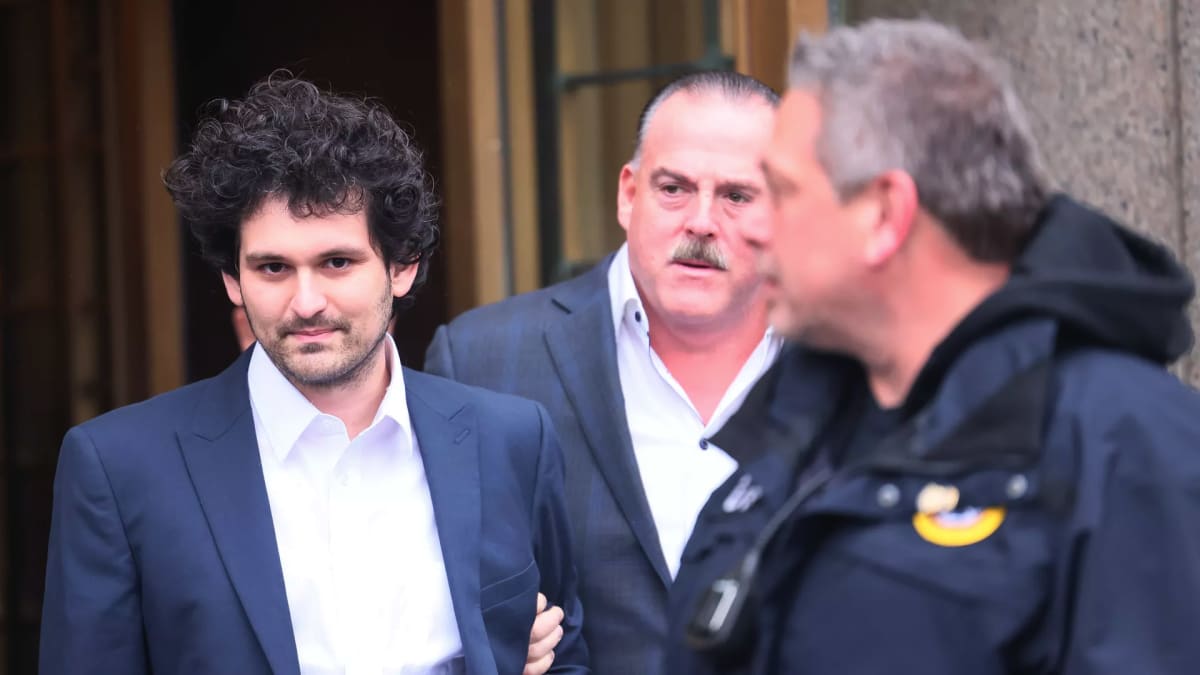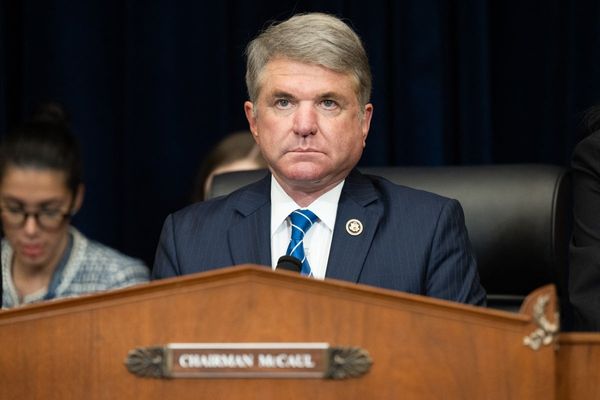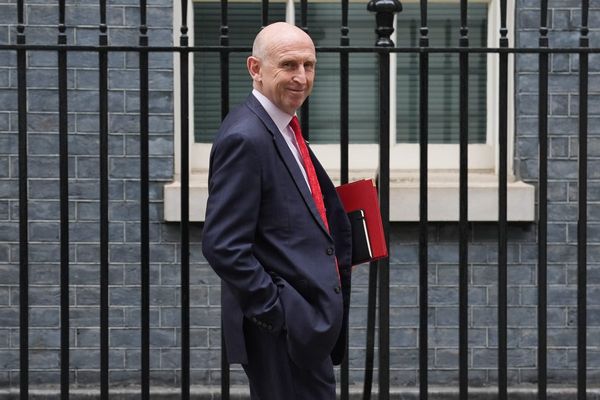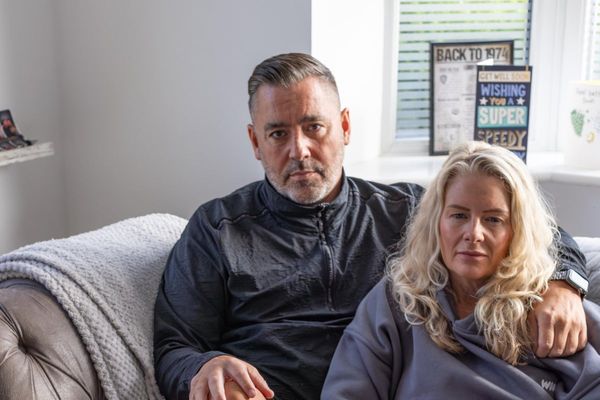
Sam Bankman-Fried is being released on a huge recognizance bond following his appearance in a Manhattan Federal Court to face fraud charges related to the collapse of FTX and Alameda Research.
The disgraced crypto king was extradited from the Bahamas to the United States late on Dec. 21. He appeared in a federal court in Manhattan Thursday, but entered no plea. His next court appearance is set for Jan. 3.
Bankman-Fried was released after his parents, both law professors at Stanford, signed a $250 million recognizance bond pledging their California home as collateral, according to multiple media reports. Two other friends with significant assets also signed, according to reports.
Such a bond doesn't require full payment up front, but comes into play if a defendant misses a court hearing, or skips town.
Bankman-Fried will live at his parents' house and will be required to wear an ankle bracelet to monitor his whereabouts during the pre-trial period, which could be lengthy given the size and scope of the FTX collapse.
The FTX Case is Moving Quickly
Justice Department lawyers moved to extradite Bankman-Fried after two of his close associates pleaded guilty to multiple federal fraud charges and agreed to cooperate with prosecutors.
Zixiao (Gary) Wang, 29, former FTX co-founder and Chief Technology Officer, and Caroline Ellison, 28, the former CEO of Alameda Research, the hedge fund founded by Bankman-Fried, pled guilty Dec. 19, according to the U.S. Attorneys Office for the Southern District of New York.
“As I said last week, this investigation is very much ongoing,” U.S. Attorney Damian Williams said in a prerecorded message.
Prosecutors Say 'Our Patience is Not Eternal'
Federal prosecutors are putting pressure on other employees of FTX and Alameda Research to turn against their former boss.
"Let me reiterate a call I made last week," Williams said in the message. "If you participated in misconduct at FTX or Alameda, now is the time to get ahead of it. We are moving quickly and our patience is not eternal."
FTX's downfall started on November 6, when Changpeng Zhao, a rival of Bankman-Fried and founder of the Binance cryptocurrency exchange, announced that his group would sell its holdings of FTT, the crypto currency issued by FTX. . The reason given by Zhao was that he had doubts about the balance sheet of Alameda.
FTT was the cryptocurrency issued by FTX.
The announcement, made on Twitter, caused a run on FTX by its customers, attempting to withdraw their funds in the form of cryptocurrencies. SBF said, on November 7, that the assets were "fine," but it was too late.
On November 8, he announced that he had reached an agreement with Zhao to sell him his empire. But the next day, Zhao backtracked and abandoned the deal because the financial situation of FTX and Alameda was more precarious than expected.
Bankman-Fried tried to find another savior, but ended up filing for Chapter 11 bankruptcy on November 11. He resigned and was replaced by John Ray, the liquidator of the energy broker Enron.
Since then, there have been startling revelations about the Bankman-Fried regime, which have been piling up from Ray, and especially from regulators who are trying to determine what caused the bankruptcy of FTX -- which was still valued at $32 billion in February -- in a matter of days.
On December 13, U.S. regulators -- the Department of Justice, the SEC and the Commodity Futures Trading Commission or CFTC -- filed a series of criminal and civil charges against the former trader.
Justice Department prosecutors filed eight criminal counts against Bankman-Fried, according to the indictment unsealed on December 13. Four of the charges, including conspiracy to commit wire fraud on customers and lenders and wire fraud, indicate that the alleged acts began as early as 2019. This is the year FTX was founded.
"Bankman-Fried was orchestrating a massive, yearslong fraud, diverting billions of dollars of the trading platform’s customer funds for his own personal benefit and to help grow his crypto empire,” the SEC alleges in its civil complaint.







